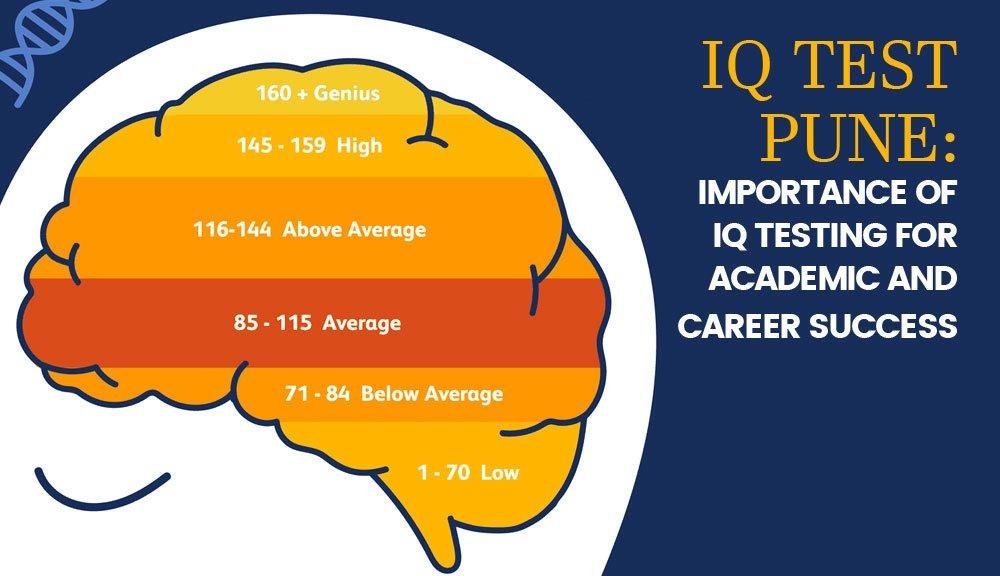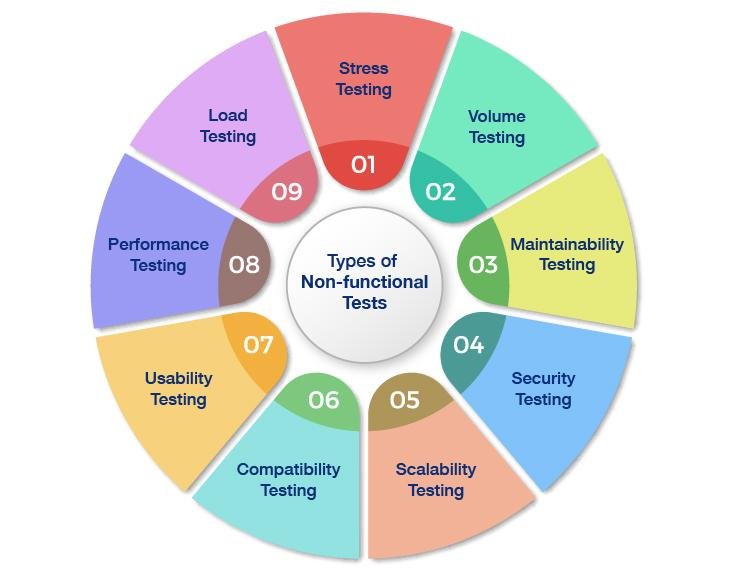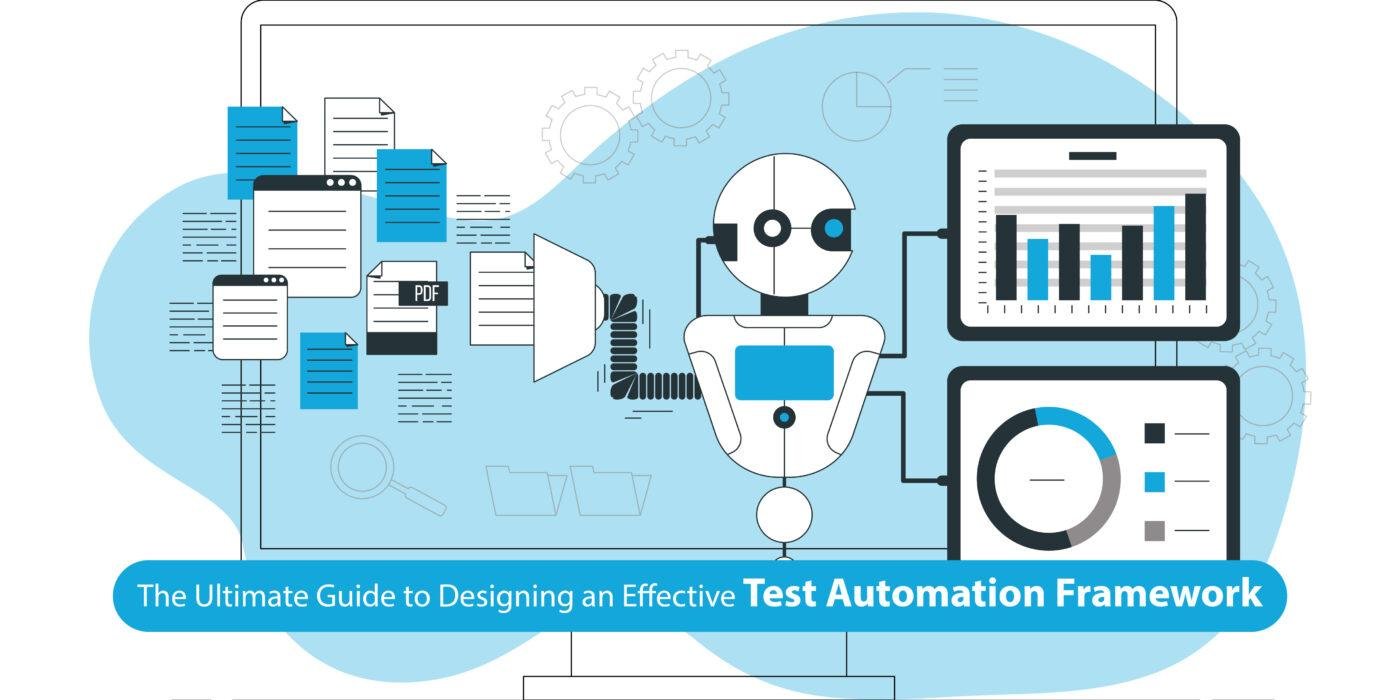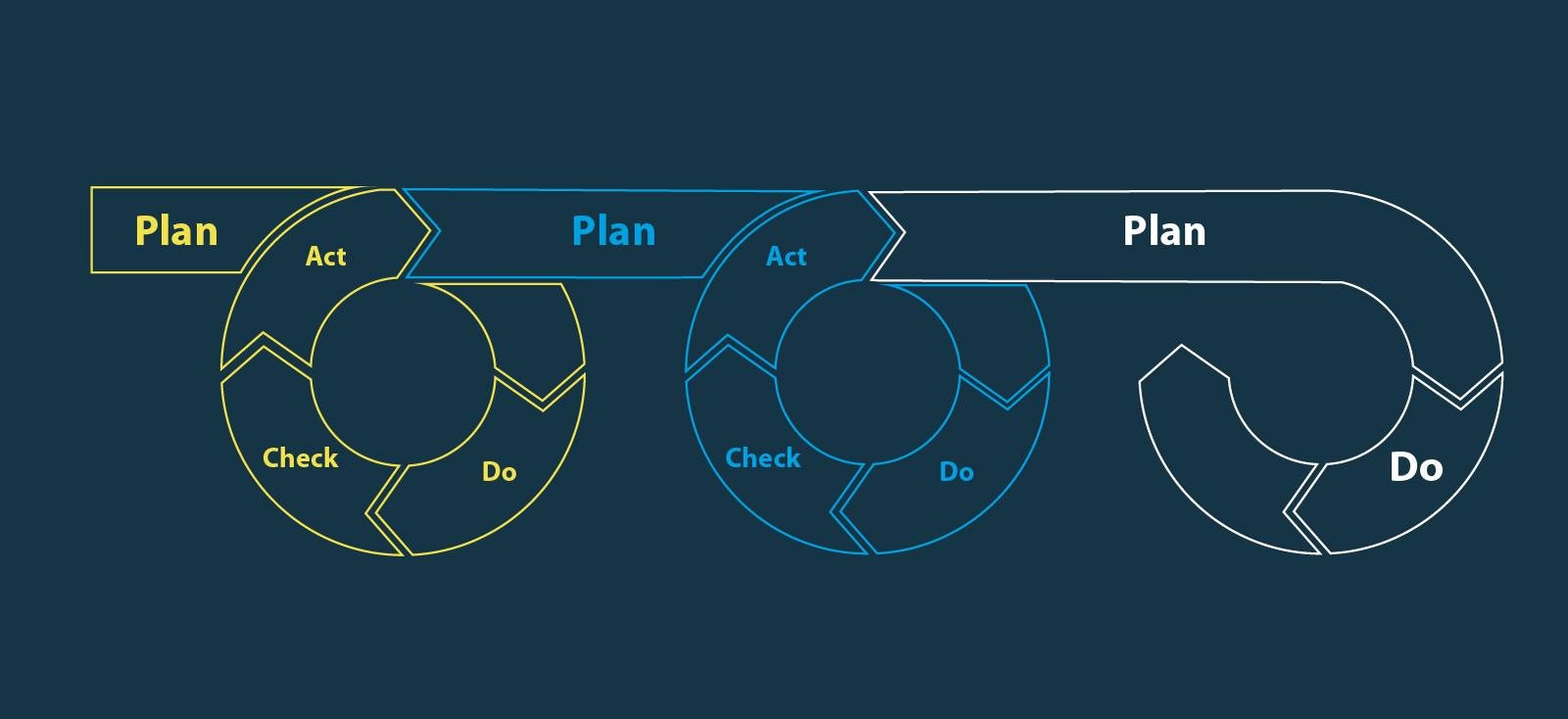In a world that thrives on innovation and progress,the concept of “test” emerges as a basic pillar across various domains. From educational assessments to software growth, testing plays a crucial role in ensuring quality, reliability, and effectiveness. It serves as a methodical approach to evaluate performance, validate theories, and refine products or ideas before they reach their intended audience. Whether it involves a standardized exam in a classroom, a quality assurance check in manufacturing, or debugging a line of code, the essence of testing lies in its ability to uncover insights and foster improvement. This article delves into the multifaceted nature of testing, exploring its significance, types, and best practices that can enhance outcomes across different fields. Join us as we unravel the layers of this vital process that underpins success in myriad applications.

Understanding the Importance of Test in Various Fields
Testing serves as a critical component across numerous domains, ensuring quality, reliability, and functionality. In fields such as software development, education, and healthcare, rigorous testing protocols are implemented to assess performance and efficacy. For instance, in software engineering, Quality Assurance (QA) testing identifies bugs and vulnerabilities before a product reaches the end-user. This not only enhances user experience but also minimizes potential risks associated with software failures.
In educational settings, assessments and standardized tests are designed to evaluate students’ understanding and retention of knowledge. These tests provide valuable feedback for educators and help identify areas where students may need additional support. Moreover, they play a important role in curriculum development and educational policy-making. Key benefits of testing in education include:
- Standardization: Establishes a baseline for performance.
- Diagnostic Insight: Identifies strengths and weaknesses.
- Accountability: Ensures adherence to educational standards.
In the healthcare sector, testing is paramount for diagnosing diseases, monitoring patient health, and ensuring the safety of medical procedures. Diagnostic tests, such as blood tests and imaging studies, enable healthcare professionals to make informed decisions about patient care. The reliability of these tests can considerably impact treatment outcomes. Below is a concise overview of types of testing in healthcare:
| Type of Test | Purpose |
|---|---|
| Blood Tests | Assess overall health and detect diseases. |
| Imaging Tests | Visualize internal structures for diagnosis. |
| Genetic Testing | Identify genetic disorders and predispositions. |
testing transcends mere evaluation; it is a fundamental element that fosters growth,enhances safety,and drives innovation.By incorporating systematic testing practices within various fields, organizations and professionals can ensure they meet established standards and provide optimal services and products.The continuous evolution of testing methodologies underscores its relevance in adapting to new challenges and advancing knowledge across disciplines.

Types of Tests and Their Applications Across Industries
Testing plays a crucial role in various sectors, ensuring products and services meet quality standards and fulfill customer needs. In the manufacturing industry,for instance,tests such as tensile testing and fatigue testing are routinely conducted to evaluate material strength and durability. these tests help manufacturers identify potential failures before products reach the market,thereby safeguarding both company reputation and consumer safety. Moreover, non-destructive testing (NDT) methods, such as ultrasonic and radiographic testing, allow inspection of materials without causing damage, making them indispensable in sectors like aerospace and automotive.
In the healthcare sector, the significance of testing cannot be overstated. Routine laboratory tests, including blood tests and urinalysis, facilitate early detection of diseases and monitoring of patient health. Furthermore, advances in genetic testing have transformed personalized medicine, allowing for tailored treatments based on an individual’s genetic makeup. Clinical trials also play a vital role, as they assess the safety and efficacy of new medications and therapies, ultimately influencing regulatory approvals and public health guidelines.
The IT industry utilizes various testing methodologies to ensure software and systems perform optimally. Unit testing and integration testing are essential for identifying bugs at early stages of development, while performance testing evaluates how software behaves under stress. Additionally, security testing is critical in safeguarding sensitive data from breaches, ensuring compliance with regulations like GDPR and HIPAA. As technology continues to evolve, the need for robust testing frameworks remains paramount, driving innovation and enhancing user trust in digital solutions.
| Industry | type of Test | Request |
|---|---|---|
| Manufacturing | Tensile Testing | Evaluates material strength |
| Healthcare | Blood Tests | Early disease detection |
| IT | Performance Testing | Assesses software under load |
| Aerospace | Non-Destructive Testing | Inspects materials without damage |
| Pharmaceutical | Clinical Trials | Tests safety and efficacy of drugs |

Effective Strategies for Designing and Implementing Tests
designing and implementing effective tests requires a systematic approach that combines clarity with strategic planning.To start, it’s crucial to define the objectives of the test clearly. This involves identifying what skills or knowledge the test aims to assess. Once the objectives are established,the next step is to create a test blueprint that outlines the content areas and the weightage assigned to each. This blueprint acts as a roadmap, ensuring that the test covers all necessary topics without bias.
Moreover, employing various question formats can enhance the test’s effectiveness. Using a mix of multiple-choice questions, open-ended questions, and practical tasks will cater to different learning styles and provide a comprehensive assessment of the subject matter. Additionally, incorporating real-world scenarios into questions can increase engagement and allow test-takers to demonstrate their understanding in practical contexts. Here are some effective question formats to consider:
- Multiple Choice: Great for assessing recall and recognition.
- True/False: Useful for evaluating understanding of concepts.
- Short Answer: Encourages critical thinking and concise expression.
- Essay Questions: allows for deeper exploration of topics.
the implementation phase is equally important. Pilot testing is a valuable strategy that can unveil potential issues before the actual test is administered. by conducting a smaller version of the test, educators can gather feedback regarding the clarity of questions and the appropriateness of the difficulty level. It’s also essential to establish clear guidelines for scoring to ensure consistency and fairness in evaluation. Consider the following table for a structured scoring system:
| Question Type | Points | Weightage (%) |
|---|---|---|
| Multiple Choice | 1 | 30% |
| True/False | 1 | 20% |
| Short Answer | 3 | 30% |
| Essay Questions | 5 | 20% |
By focusing on clear objectives, diverse question formats, and a robust implementation plan, the process of designing and implementing tests can lead to more accurate assessments and improved learning outcomes.

Evaluating Test Outcomes for Continuous Improvement
In the realm of testing and evaluation, understanding the outcomes of various assessments is crucial for the continuous improvement of processes and products. The analysis of test results can reveal significant insights that can inform decision-making and drive enhancements. By employing a systematic approach to evaluating these outcomes, organizations can identify strengths and weaknesses, thereby enabling them to strategize effectively for future initiatives. Key aspects to consider when evaluating test outcomes include:
- Data Collection: Gather quantitative and qualitative data from test results to ensure a comprehensive view.
- Benchmarking: Compare outcomes against industry standards or past performance metrics to gauge effectiveness.
- Stakeholder Feedback: Incorporate insights from all relevant parties to gain a rounded perspective on test efficacy.
once the data has been collected and analyzed, it’s essential to interpret the findings meaningfully. Visualization tools such as charts and graphs can definitely help in presenting complex data in an accessible format, allowing stakeholders to grasp key insights quickly.Furthermore, establishing a feedback loop can facilitate ongoing improvements, ensuring that lessons learned from past tests are integrated into current practices. Essential steps for this phase include:
- Identify Trends: Look for patterns in the data that indicate recurring issues or accomplished strategies.
- Actionable Insights: Transform data into clear, actionable recommendations to guide future tests.
- Documentation: Maintain thorough records of evaluations and outcomes for openness and future reference.
the implementation of changes based on test evaluations should be approached with care. It’s vital to create a structured plan that outlines how improvements will be enacted and monitored.This can include pilot programs, revised testing methodologies, or enhanced training for involved personnel. The following table summarizes the key components of a successful evaluation and improvement strategy:
| Component | Description |
|---|---|
| Assessment Criteria | Define clear metrics for success before testing begins. |
| Review Process | Set a timeline for regular reviews of test outcomes. |
| Adaptation | Be flexible in applying changes based on evaluation results. |
| Communication | Ensure findings and updates are shared with all stakeholders. |
The Way Forwardthe concept of “test” encompasses a wide range of applications, from educational assessments to product evaluations. Understanding the nuances of testing can empower individuals and organizations alike to make informed decisions, improve performance, and drive innovation. As we continue to navigate a world that increasingly relies on various forms of testing, embracing its complexities and potential will become even more essential. Whether you are a student preparing for exams, a professional evaluating a new tool, or simply someone curious about the process, recognizing the value of tests can lead to greater success and understanding in your endeavors.